Hidden in a narrow rocky gorge near Mettmann, a discovery was made in 1856 that would change our view of humanity forever—the discovery of Neanderthal man. This is the subject of the first section of the Neanderthal Museum exhibition.

The original Neander Valley was a spectacular, narrow rocky gorge. The Düssel River had carved deep into the limestone, creating a landscape that attracted painters, nature lovers, and later quarry workers. Intensive limestone mining caused the original gorge to disappear. However, since 1921, part of the valley has been a nature reserve—a refuge for animals, plants, and researchers.
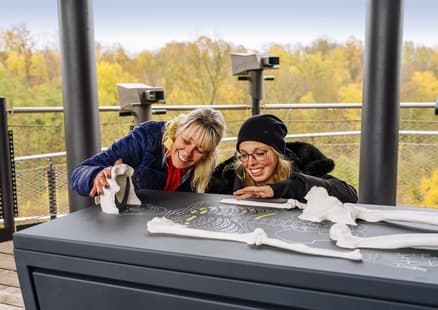
In August 1856, workers found bones in a small cave—the Feldhofer Grotto—that were later recognized as the first scientifically described remains of a fossil human: the Neanderthal. Today, you can see the famous find at the Neanderthal Museum.

Teacher Fuhlrott immediately recognized that this was a prehistoric human skeleton. It was a bold assessment that hardly anyone shared with him at the time.
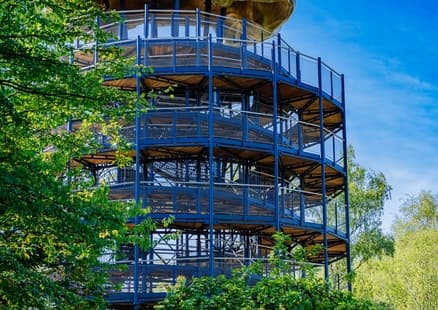
The original cave was destroyed by limestone mining. It was not until the late 1990s that archaeologists were able to relocate the site. Under meters of limestone debris, they discovered layers of clay containing tools, animal bones, and more Neanderthal bone fragments. Today, the Höhlenblick tower, which belongs to the Neanderthal Museum, stands on this site.
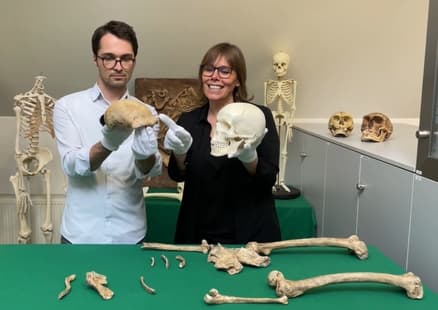
At the time of the discovery, the biblical story of creation was considered the only truth. A prehistoric human? Unthinkable for many. The idea contradicted the notion of a Earth that was only a few thousand years old.
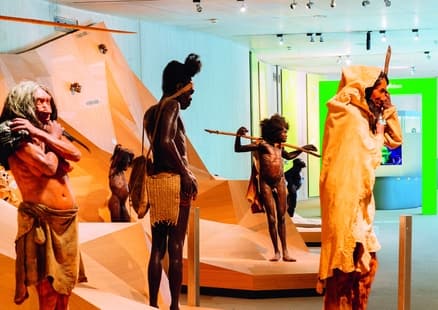
Just three years after the discovery, Charles Darwin published his theory of natural selection. The Neanderthal became proof that humans had primitive ancestors. Today, you can discover the entire history of humanity at the Neanderthal Museum.
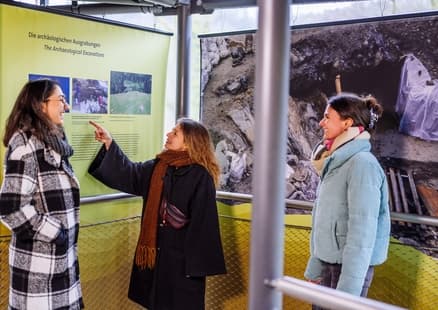
Although Fuhlrott correctly classified the find, he was denied the fame it deserved. Opponents such as Rudolf Virchow blocked research for decades - until Fuhlrott's assessment finally prevailed.
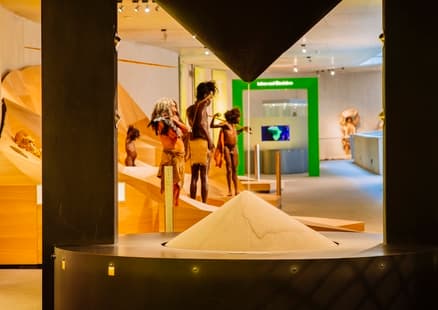
Then come to the Neanderthal Museum in Mettmann!
Just a few meters from the historic site where the remains were found, you can experience human history in an interactive and modern way.